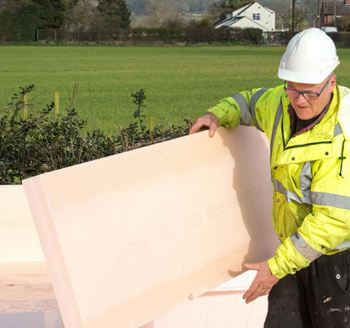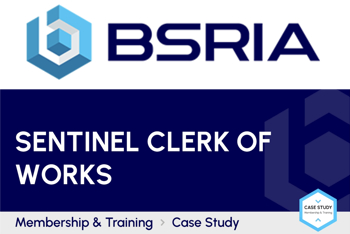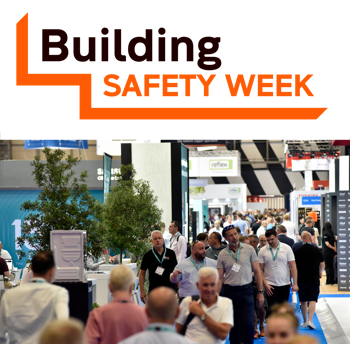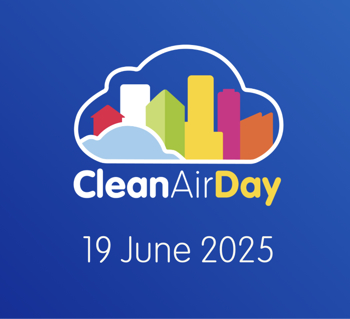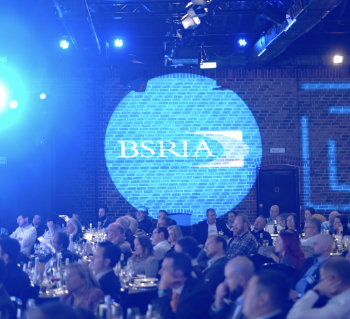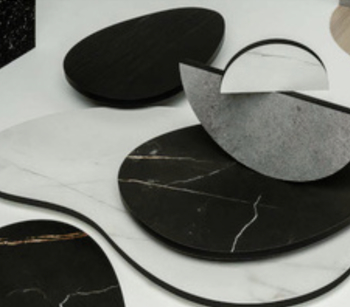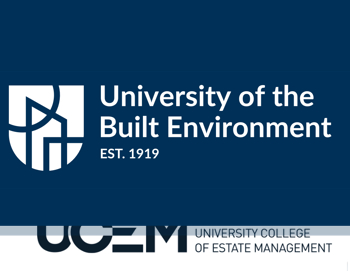Manufacturing Process and Welding Defects of Carbon Steel ERW Pipes
The manufacturing process of carbon steel ERW pipe involves the following key steps:
(1) Material Selection
High-quality carbon steel coils or strips are selected based on the required specifications.
(2) Forming
The flat steel strip is passed through a series of rollers to gradually form it into a cylindrical shape.
(3) Welding
The edges of the formed strip are heated to the welding temperature using a high-frequency current and then fused together under pressure to create a solid weld seam.
(4) Sizing
The welded pipe is passed through additional rolls to achieve the desired dimensions and roundness.
(4) Cutting and Finishing
The pipe is cut to the required lengths, and the ends are finished according to specific customer requirements.
Common welding defects of carbon steel ERW pipes:
(1) Incomplete welding
The blunt edges in the middle (X groove) or root (V, U groove) of the parent metal joint are not completely fused together, leaving partial unfusion. Inadequate welding reduces the mechanical strength of the welded joint, and stress concentration points will be formed in the gaps and ends of the welded joint, which can easily lead to cracking when the welded parts bear load.
(2) Not fused
Between the solid metal and the filler metal (between the weld bead and the base metal), or between the filler metal (in the case of multi-pass welding, the local incomplete melting between the weld beads or between the weld layers, or during spot welding (resistance welding) When the base metal is not completely fused together, sometimes slag inclusions are often present.
(3) Pores
During the melting welding process, the gas in the weld metal or the gas invading from the outside has no time to escape before the molten pool metal cools and solidifies, leaving cavities or pores formed inside or on the surface of the weld metal. Depending on their shape, they can be divided into Single pores, chain pores, dense pores (including honeycomb pores), etc., especially in arc welding, because the metallurgical process takes a very short time, the molten pool metal solidifies quickly, and the gases generated during the metallurgical process and the liquid metal absorb Gas, or the flux of the welding rod gets damp and decomposes at high temperature to produce gas. Even if the humidity in the welding environment is too high, gas will decompose at high temperature, etc. When these gases have no time to precipitate, pore defects will be formed.
Although the stress concentration tendency of pores is not that large compared with other defects, it destroys the density of the weld metal and reduces the effective cross-sectional area of the weld metal, thus leading to a reduction in the strength of the weld.
(4) Slag inclusions and inclusions
The metallurgical reaction products during molten welding, such as non-metallic impurities (oxides, sulfides, etc.) and slag, remain in the weld metal due to failure to escape during welding or incomplete slag removal during multi-pass welding. Called slag inclusions or inclusions. Depending on its shape, it can be divided into points and strips. Its shape is usually irregular, and its location may be at the junction of the weld and the base metal, or it may exist within the weld. In addition, when tungsten arc welding is used as primer + manual arc welding or tungsten arc welding, the debris from the tungsten electrode collapse becomes high-density inclusions (commonly known as tungsten inclusions) left in the weld.
(5) Cracks
Weld cracks are localized cracks in the metal that occur in the welding area during or after welding.
The weld metal undergoes thermal expansion and cold contraction during the process from molten state to cooling and solidification, resulting in large cold shrinkage stress. Moreover, the microstructure also undergoes a phase change process from high temperature to low temperature to produce tissue stress. In addition, the base metal The non-welded parts are in a cold solid state, and there is a large temperature difference with the welded parts, resulting in thermal stress, etc. Once the combined effect of these stresses exceeds the yield limit of the material, the material will undergo plastic deformation. If the strength limit of the material is exceeded, it will cause cracking.
The existence of cracks greatly reduces the strength of the welded joint, and the tip of the weld crack also becomes the stress concentration point after load-bearing, becoming the origin of structural fracture. Cracks may occur inside or outside the weld metal, or in the heat-affected zone of the base metal near the weld, or at the junction of the base metal and the weld, etc.
(6) Segregation
During welding, due to the small melting area and rapid cooling of the metal, it is easy to cause uneven distribution of chemical components of the weld metal, thus forming segregation defects, mostly in the form of strips or lines and distributed along the axial direction of the weld.
(7) Undercut and burn through
Such defects are external defects of the weld. Burnthrough is the penetration (perforation) caused when the parent metal melts excessively. Excessive melting near the fusion line between the parent metal and the weld will also cause a depression in the transition zone between the deposited metal and the parent metal, which is an undercut. According to the undercut located above and below the weld, it can be divided into outer undercut (on the side with the larger opening of the groove) and inner undercut (on the bottom side of the groove). Undercut can also be said to be a groove-like defect along the edge of the weld that is lower than the surface of the base metal.
Other external weld defects:
1. Weld nodule: a local protrusion at the root of the weld. This is a metal nodule formed by the falling of liquid metal during welding. There are often incomplete penetration defects under the welding nodules, which must be paid attention to.
2. Concave or subsidence: When the root of the weld shrinks upward and is lower than the lower surface of the base metal, it is called concave. When the weld cover is lower than the upper surface of the base metal, it is called subsidence.
3. Overflow: The metal molten pool of the weld is too large, or the position of the molten pool is incorrect, causing the molten metal to overflow, and the overflowed metal fuses with the base metal.
4. Arc crater: During arc welding, the pit at the end of the weld (arc extinguishing point) or the welding rod connection (arc starting point) is lower than the surface of the weld bead base. In such pits, pores and micro-cracks are easily generated. .
5. Welding deviation: It appears as weld bead deflection or distortion on the cross section of the weld. The reinforcement height (also called weld crown and cover surface) is too high: the weld bead cover layer is much higher than the surface of the base metal. Generally, the welding process has regulations on the height of the reinforcement height. When it exceeds the specified value, the reinforcement height will be different from the parent metal The joint corners of materials can easily become stress concentration points, which is detrimental to the structural load-bearing.
The above external defects are likely to cause stress concentration points after the weldment is loaded, or reduce the effective cross-sectional area of the weld and reduce the strength of the weld. Therefore, there are generally clear regulations on the welding process, and visual inspection is often used. Inspection reveals these external defects.
Applications of carbon steel ERW pipe:
Carbon steel ERW pipes are widely used in various industrial applications, including:
(1) Oil and Gas Industry
Transportation of oil, gas, and petroleum products due to their high-pressure bearing capacity and durability.
(2) Construction
Structural applications such as building frameworks, scaffolding, and support columns.
(3) Water Transmission
Distribution and transmission systems for water and other fluids due to their corrosion resistance.
(4) Industrial Processes
Conveying various fluids and gases in industrial processing plants.
Tips: ASTM A53 is the grade of ERW high-frequency welded pipe, which is divided into Grade A and Grade B. ASTM A53 Grade B is more popular than other grades. These pipes can be bare without any coating, or they can be hot dipped or galvanized and manufactured through welding or seamless manufacturing processes. In Oil and Gas, A53 grade pipes are used in the structural and non-critical applications.
Featured articles and news
The benefits of engaging with insulation manufacturers
When considering ground floor constructions.
Lighting Industry endorses Blueprint for Electrification
The Lighting Industry Association fully supports the ECA Blueprint as a timely, urgent call to action.
BSRIA Sentinel Clerk of Works Training Case Study
Strengthening expertise to enhance service delivery with integrated cutting-edge industry knowledge.
Impact report from the Supply Chain Sustainability School
Free sustainability skills, training and support delivered to thousands of UK companies to help cut carbon.
The Building Safety Forum at the Installershow 2025
With speakers confirmed for 24 June as part of Building Safety Week.
The UK’s largest air pollution campaign.
Future Homes Standard, now includes solar, but what else?
Will the new standard, due to in the Autumn, go far enough in terms of performance ?
BSRIA Briefing: Cleaner Air, Better tomorrow
A look back at issues relating to inside and outside air quality, discussed during the BSRIA briefing in 2023.
Restoring Abbotsford's hothouse
Bringing the writer Walter Scott's garden to life.
Reflections on the spending review with CIAT.
Retired firefighter cycles world to raise Grenfell funds
Leaving on 14 June 2025 Stephen will raise money for youth and schools through the Grenfell Foundation.
Key points for construction at a glance with industry reactions.
Functionality, visibility and sustainability
The simpler approach to specification.
Architects, architecture, buildings, and inspiration in film
The close ties between makers and the movies, with our long list of suggested viewing.
SELECT three-point plan for action issued to MSPs
Call for Scottish regulation, green skills and recognition of electrotechnical industry as part of a manifesto for Scottish Parliamentary elections.
UCEM becomes the University of the Built Environment
Major milestone in its 106-year history, follows recent merger with London School of Architecture (LSE).
Professional practical experience for Architects in training
The long process to transform the nature of education and professional practical experience in the Architecture profession following recent reports.






